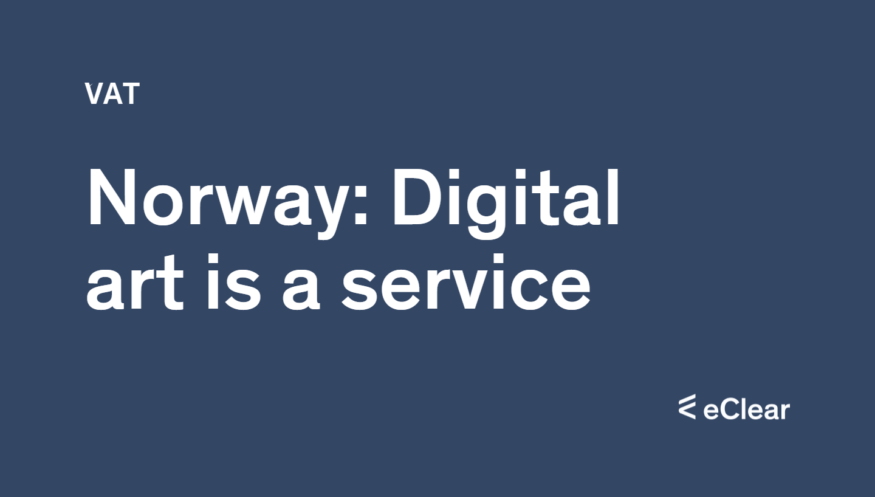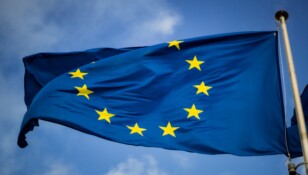The statement deals with the value-added tax of digital artworks according to § 3-7, fourth paragraph of the Norwegian VAT Act.
Background
Digital works of art are understood here to be works of art in the form of images that have been developed digitally, e.g. on a computer. The general question is whether digital works of art fall under the exemption for the “sale by the owner of his works of art and copyrights in his own literary and artistic works” under § 3-7, fourth paragraph of the Value Added Tax Act (etc.):
- Section 2 deals with the fee-based valuation of digital artworks.
- Section 3 deals with the valuation of digital artworks in certain other countries.
- In item 4, digital works of art are included about the tax exemption in mval. § 3-7 fourth par.
Fiscal assessment of digital artworks
The starting point in the VAT Act is that “VAT is to be calculated on the sale of goods and services”. The distinction between goods and services has implications for the tax liability.
According to mval. 1-3 first paragraph letter b, goods are defined as “tangible objects”. Digital artworks are developed and transmitted using digital technology and are usually stored as computer files or on a blockchain as NFT. Consequently, they are not “tangible objects” as the law requires for classification as goods, cf. UStAE. Section 1-3, first paragraph, point b.
According to mval. Section 1-3, first paragraph, subparagraph (c), services are defined as “anything which can be traded and is not goods within the meaning of subparagraph (b), including limited rights in goods and the use of intangible property”. According to the provision, services are negatively limited to goods. The VAT Manual 2022, p. 97, states:
“The definition of service means that products sold digitally, e.g. the sale of software (…), news services, music, etc. via the internet, are also considered service turnover”.
In an extension of the service definition in letter c, it is in mval. Section 1-3, first paragraph (j) provides a more precise definition of “electronic services”. The provision states that “electronic services” are:
“Services to be provided at a distance, delivered over the Internet or other electronic network, which cannot be acquired without information technology, where the delivery of services is mainly automated. “
In Prop. 1 LS (2022-2023) Taxes, Levies and Customs 2023 at p. 168, the Ministry of Finance stated the following regarding the term “electronic services”:
“To be an electronic service, it must be a service to be provided at a distance, which is provided via the Internet (…) and which cannot be acquired without information technology. The provision of the service must also be largely automated. The term will cover, among other things, digital products such as films and music and content services such as software and games. “
The above definition of e-services is based on the definition of the same term in the EU, cf. Council Regulation No. 1777/2005, Article 11 No. 1.
In a policy statement of 30 June 2011, the Directorate of Taxation explained the term “electronic services” in more detail. Among other things, an attempt was made to draw up a list of different services. From the enumeration of the policy paper, it appears that “access to or downloading of images (…)” could be considered electronic services, cf. § 1-3 letter j.
Digital artworks serve as a collective term for artworks created with digital tools. These digital files are created and stored as ordinary data files or on a blockchain. In the latter case, an NFT is digitally transferred to the blockchain, which is data-driven. The Tax Directorate understands that creating and sharing such artworks require electronic technology. Moreover, the delivery of such digital objects is largely automated until this is done through the transfer or delivery of NFT on a blockchain. We note, among other things, that a downloaded film on a television set constitutes an electronic service, even if the film could have been purchased on DVD.
On this basis, the Norwegian Tax Directorate thinks digital works of art should be considered services, including electronic services, cf. § 1-3 letter j.
Source: skatteetaten.no







